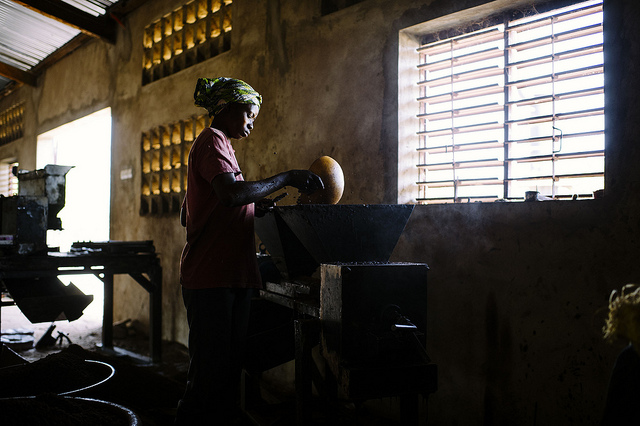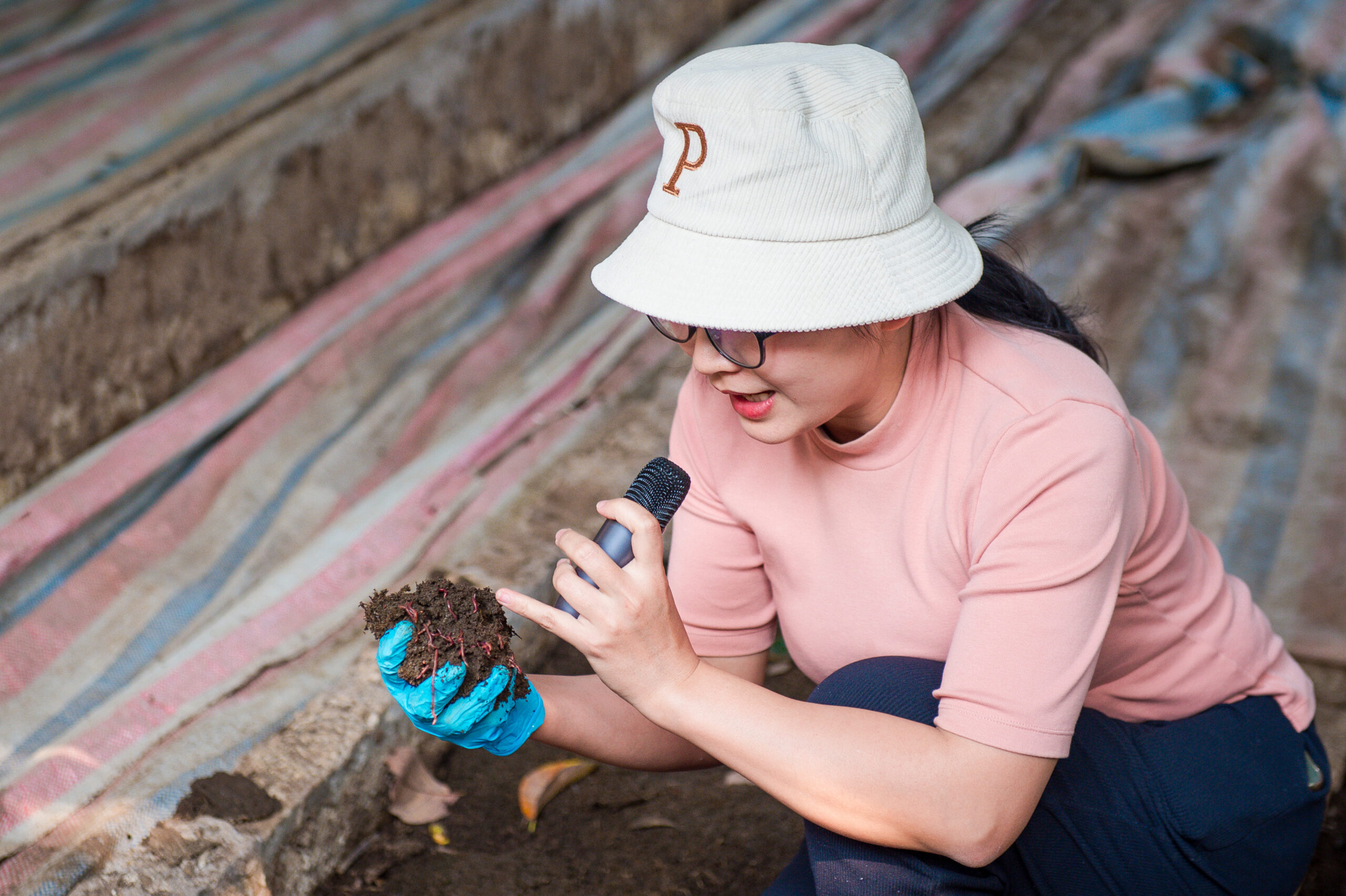Shea nuts form a significant artisanal industry in West Africa, and women have traditionally been at its core, benefitting from substantial economic activity.
Their relationship to the shea nut is changing as men move competitively into the supply chain as demand for the commodity increases.
Making shea butter is complex and involves gathering the nuts, shelling, grinding and mixing them until they become butter, selling it at market. This work is associated with women and traditionally the seeds and butter have been known as “woman’s gold,” according to Trade for Development News.
“Today, shea is a hot commodity,” report Houria Djoudi, a senior scientist with the Center for International Forestry Research (CIFOR), and Violeta Gonzalez, head of partnerships, outreach and resource mobilization at the Enhanced Integrated Framework of the World Trade Organization in an opinion piece.
“Shea butter now travels from the hands of West African women across countries and continents, processed and packaged into items ranging from chocolate to face creams, but, they are not reaping enough of the rewards of shea’s newfound presence in the global marketplace,” Djoudi and Gonzalez write.











